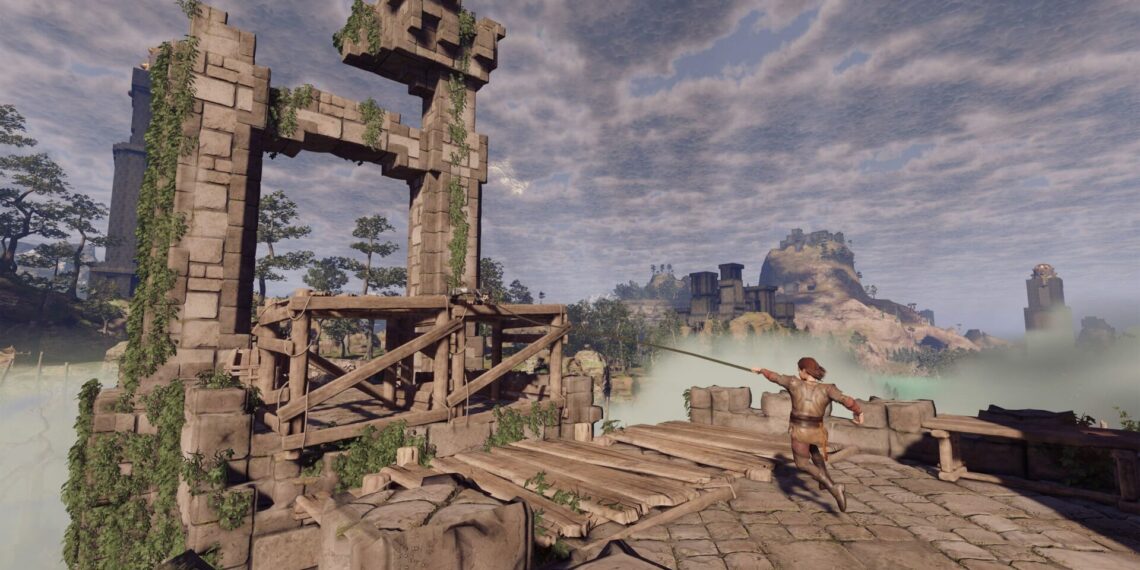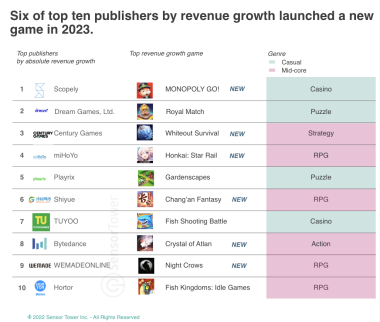Beginnings
Microtransactions have become a popular feature in modern video games. They offer players the opportunity to purchase small, often cosmetic, items or upgrades within the game for a nominal fee. This system has proven to be beneficial to both players and game developers. In this article, we will explore the benefits of microtransactions in games, examine ten games that have successfully implemented this model, and explore the impact of microtransactions on game economies.
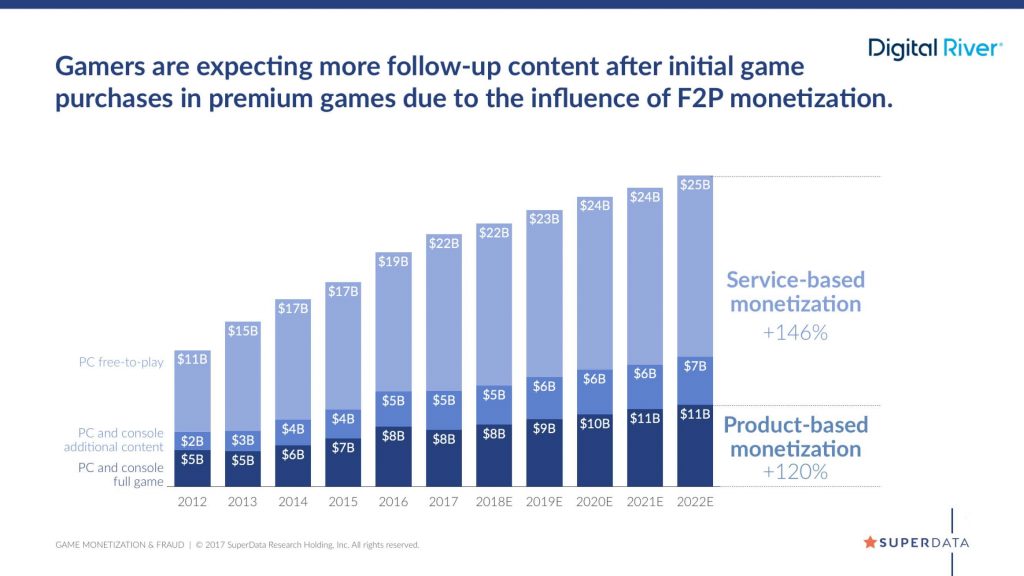
Benefits of Microtransactions
There are many benefits of microtransactions in games. The first and most obvious benefit is the revenue they generate for game developers. In a world where the price of games has remained relatively constant despite the increased costs of development, microtransactions offer a way for developers to make more money. This additional revenue stream can be reinvested in the game, allowing for continued updates and improvements.
Microtransactions also offer a way for players to customize their experience. While some may argue that these small purchases are unnecessary, they allow players to add a personal touch to their in-game avatar or experience. Whether it’s a new outfit, weapon skin, or emote, microtransactions allow players to make their experience unique and personalized.
Another benefit of microtransactions is that they can be used to fund esports tournaments or other community events. By purchasing special items or skins, players can support their favorite teams or games, allowing for larger and more frequent events.
Finally, microtransactions offer a way for players to support their favorite developers. Many players have a strong emotional attachment to the games they play, and microtransactions offer a way to show their appreciation. By purchasing items or upgrades, players can help support the continued development of their favorite games.
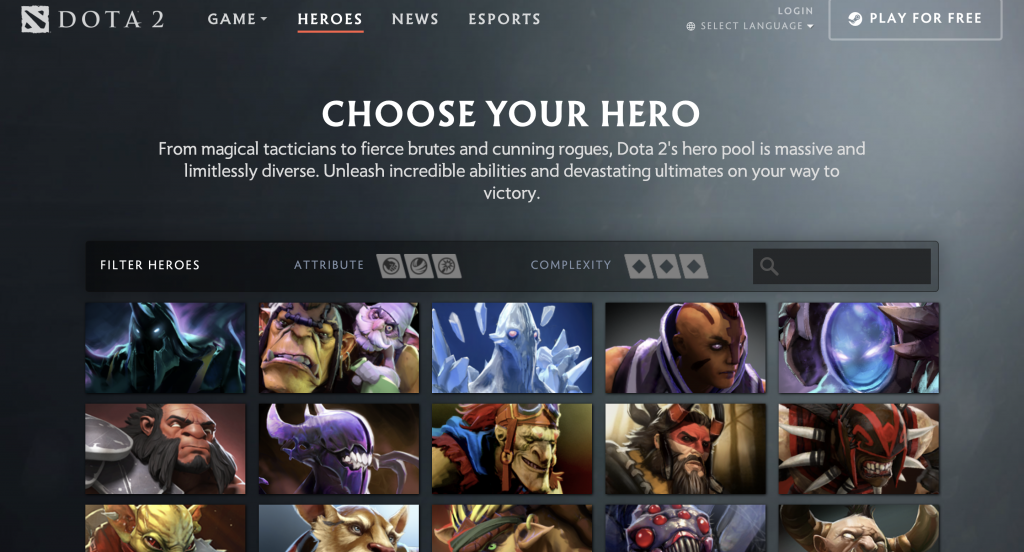
Examples of Microtransactions in Games
- Fortnite: One of the most popular games of all time, Fortnite has been successful in part due to its use of microtransactions. Players can purchase skins, emotes, and other cosmetic items to customize their experience.
- League of Legends: Another incredibly popular game, League of Legends uses microtransactions to fund its esports scene. Players can purchase skins and other items, with a portion of the proceeds going towards supporting tournaments and other events.
- Counter-Strike: Global Offensive: CS:GO offers players the ability to purchase skins and other cosmetic items. These items can also be traded or sold on external marketplaces, adding another layer of value to the microtransaction system.
- Dota 2: Dota 2 uses a similar system to League of Legends, allowing players to purchase cosmetic items with a portion of the proceeds going towards supporting the game’s esports scene.
- Overwatch: Overwatch offers players the ability to purchase loot boxes, which contain a variety of cosmetic items. While some players have criticized this system, it has proven to be a lucrative revenue stream for the game’s developers.
- Apex Legends: Apex Legends uses microtransactions to fund its development and support its esports scene. Players can purchase skins and other cosmetic items, with a portion of the proceeds going towards supporting tournaments and other events.
- FIFA: FIFA uses microtransactions to sell Ultimate Team card packs, which allow players to build their own dream team. While some players have criticized this system, it has proven to be a lucrative revenue stream for the game’s developers.
- Call of Duty: Call of Duty uses microtransactions to sell a variety of cosmetic items, including weapon skins and emotes. These items allow players to customize their experience and add a personal touch to their gameplay.
- Rainbow Six Siege: Rainbow Six Siege offers players the ability to purchase skins and other cosmetic items. These items can also be traded or sold on external marketplaces, adding another layer of value to the microtransaction system.
- Hearthstone: Hearthstone uses microtransactions to sell card packs, allowing players to build their own decks.
While some players have criticized this system, it has proven to be a successful revenue stream for the game’s developers and has contributed to the game’s popularity.
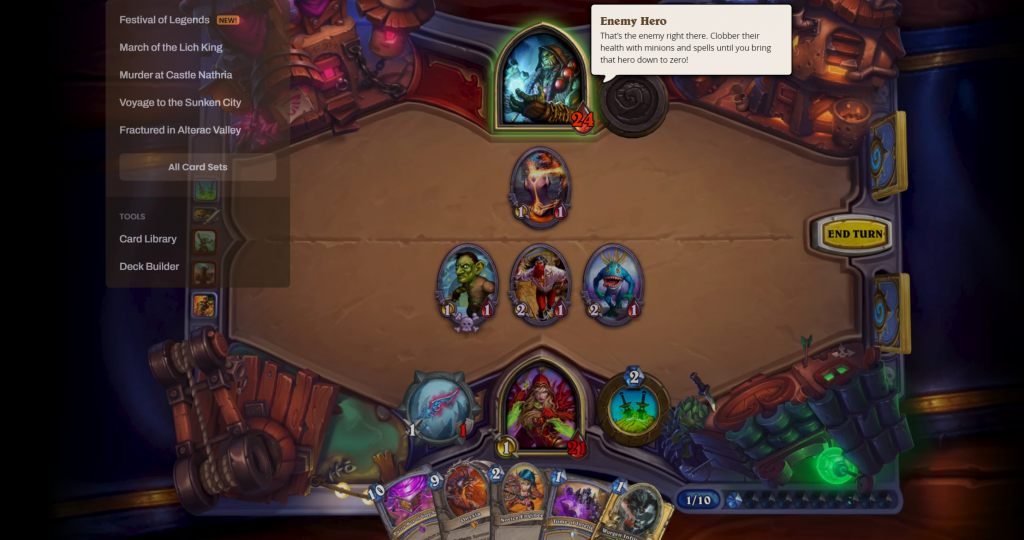
Impact of Microtransactions on Game Economies
One of the most significant impacts of microtransactions on game economies is the creation of a secondary market for in-game items. In games like Counter-Strike: Global Offensive and Rainbow Six Siege, players can buy and sell skins and other cosmetic items on external marketplaces. This has created an entire economy around these items, with some rare skins selling for thousands of dollars. While this may seem like a small part of the overall game experience, it has become a significant source of income for some players.
Another impact of microtransactions on game economies is the ability for developers to continue updating and improving their games. In the past, game developers would release a game and then move on to the next project. With the rise of microtransactions, developers can continue to fund updates and improvements long after a game’s initial release. This has resulted in longer lifespans for games and a more engaged player base.
Microtransactions can also impact game balance. In games like FIFA and Hearthstone, players can purchase card packs or other items that give them an advantage over other players. This can lead to a “pay-to-win” mentality, where players who spend more money have a significant advantage over those who do not. While this can be frustrating for some players, it can also provide a sense of accomplishment for those who choose not to spend money and still succeed.
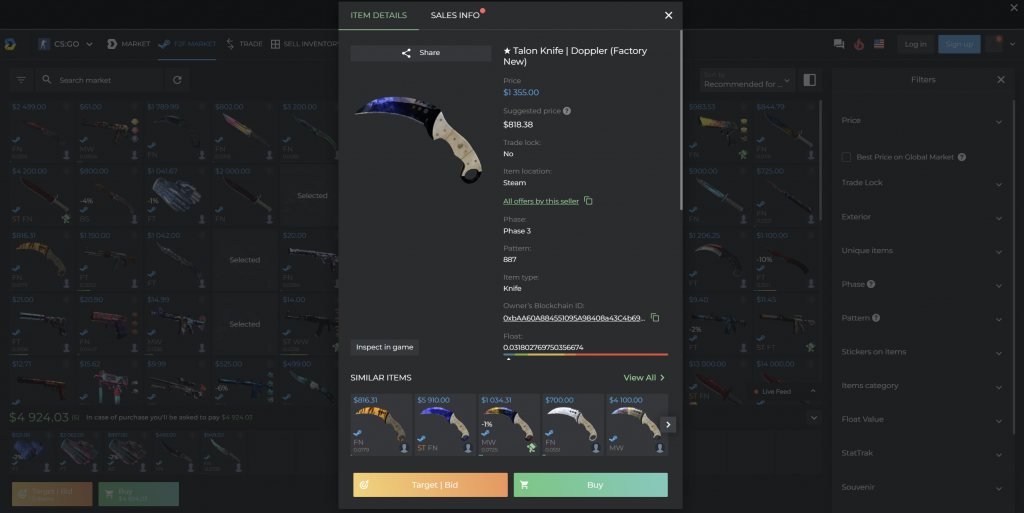
Finally, microtransactions can impact the overall game experience. While cosmetic items are generally harmless, some games have faced backlash for selling items that impact gameplay. This can lead to a sense of unfairness among players who cannot afford to purchase these items. However, when implemented correctly, microtransactions can enhance the game experience for all players.
The Game Economy When Using Microtransactions
The game economy is an essential factor in the success of microtransactions. Game developers must strike a balance between making money through microtransactions and ensuring that the game remains fair and enjoyable for all players.
One way that developers have achieved this balance is by making microtransactions purely cosmetic. This means that players can purchase items that do not impact gameplay but allow them to personalize their experience. Games like Fortnite and League of Legends have been successful with this approach, allowing players to purchase skins and other cosmetic items that do not impact gameplay.
Another way that developers have balanced microtransactions is by allowing players to earn in-game currency through gameplay. This currency can then be used to purchase items in the game store, rather than spending real money. This approach has been successful in games like Dota 2 and Apex Legends, where players can earn currency by playing the game and use it to purchase items in the store.
Developers must also consider the impact of microtransactions on game balance. While selling items that impact gameplay can be lucrative, it can also lead to a sense of unfairness among players who cannot afford to purchase these items. To address this issue, some games offer players the ability to earn these items through gameplay rather than purchasing them with real money.
In addition to these considerations, developers must also consider the overall cost of microtransactions. While small purchases may seem harmless, they can add up quickly. Developers must be transparent about the cost of microtransactions and ensure that they are not exploiting players by encouraging them to spend more money than they can afford.
Closing thoughts
In conclusion, microtransactions have become an integral part of many modern video games. While some players may be hesitant to spend money on small, virtual items, these transactions provide a significant revenue stream for game developers and allow for continued updates and improvements. Additionally, microtransactions allow players to personalize their gaming experience, support their favorite games and developers, and contribute to the growth of esports
